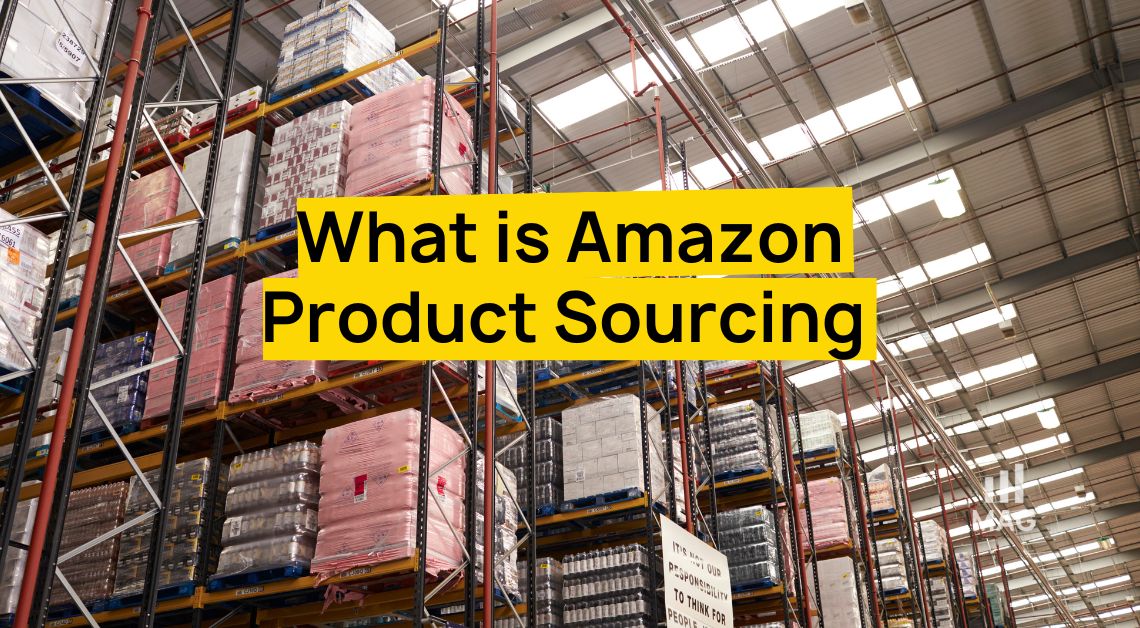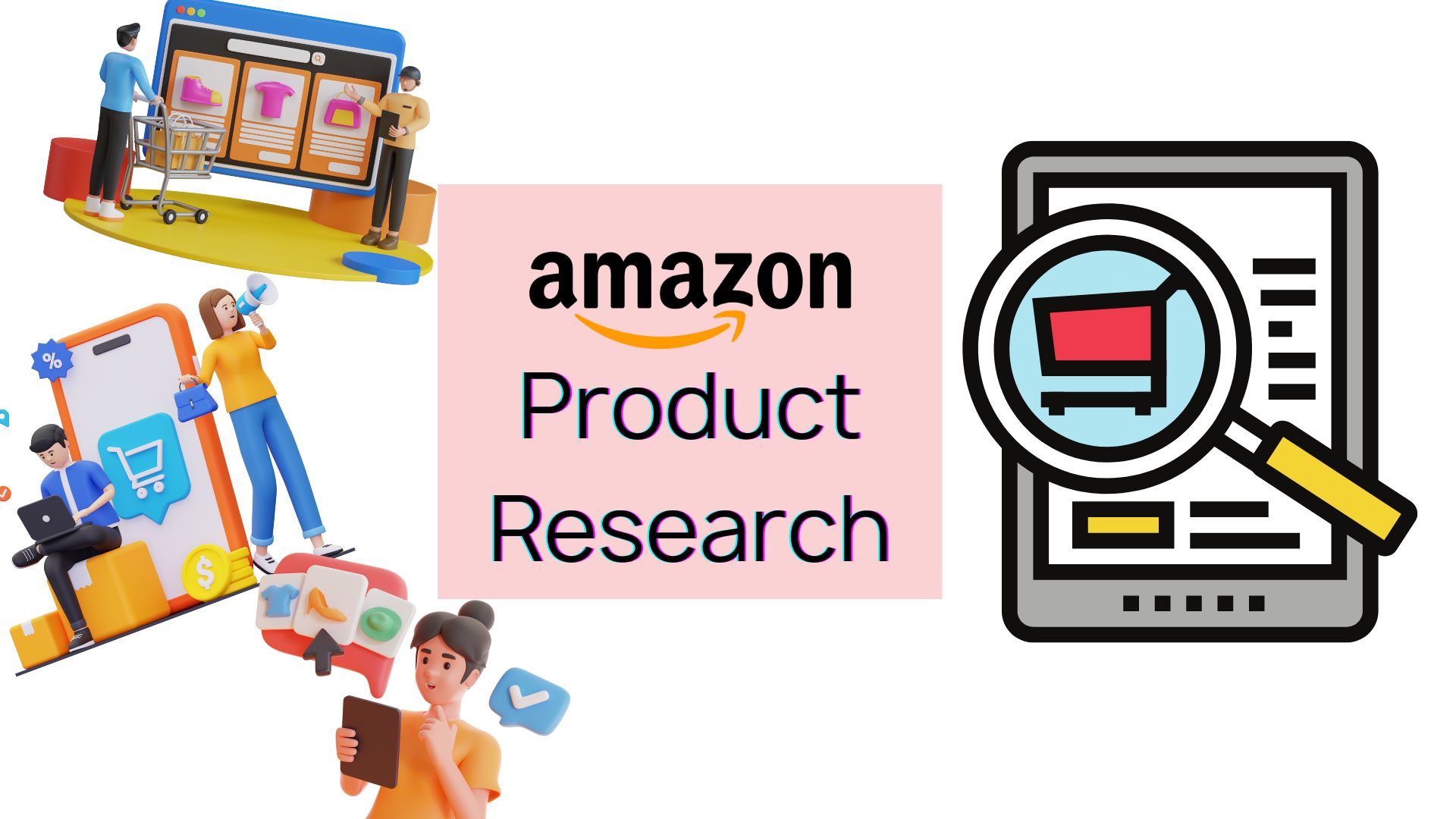As a seller, you want to engage with Amazon’s over 300 million customers to grow your ecommerce business. To achieve this, you need to make optimization a continuous part of your strategy. The seven key elements of a product listing are keywords, product images, product titles, product pricing, product descriptions, key features, and backend search keywords. By optimizing each of these elements, you can increase your sales on Amazon.
Step 1: Conduct Keyword Research
Keywords are the words and phrases that customers use when searching for a product online. To find the right keywords, you need to put yourself in the customer’s shoes and think about the words or phrases they would use to find your product.
To help you compile a list of keywords, try the following:
- Type various words and phrases into the Amazon search box and take a look at the drop-down suggestions.
- Use competitor results as a starting point for your own listings by conducting similar searches on Amazon.
- Explore the Amazon suggested and related item categories for additional ideas.
When conducting keyword research, you should consider both long-tail and short-tail keywords. Long-tail keywords are specific, with low search volume and competition, and typically have a high conversion rate. Short-tail keywords are broader, with high search volume and competition, but lower conversion rates.
Step 2: Optimize the Product Title
The product title is one of the primary fields used by Amazon and search engines to measure the relevance of a detail page during a customer search. To make the most of your product title, consider the following:
- Keep the title short, approximately 60 characters long and fewer than 80 characters.
- Capitalize the first letter of each word, except for prepositions, conjunctions, or articles.
- Begin the title with the brand name and ensure the brand name field is populated.
- Use numerals instead of words.
- Avoid non-language ASCII characters, subjective commentary, and excessive punctuation.
- Abbreviate measurements where necessary.
Step 3: Optimize the Product Description
The product description should provide detailed information about the product’s features and usage, and highlight specific product information that is not found elsewhere in the listing. To create a high-quality product description, consider the following:
- Include brand names.
- Mention sizes and material types.
- Detail relevant information such as colors, packaging, and quantity.
- Follow the best practices for listing quality and product listing guidelines.
Step 4: Optimize Product Images
Product images are a crucial element of your product listing and can impact your sales. To optimize your product images, consider the following:
- Use high-quality images that accurately represent your product.
- Provide multiple images from different angles.
- Ensure the background of the image is plain and uncluttered.
- Provide zoom-in images for product details.
Step 5: Optimize Product Pricing
Pricing plays a significant role in attracting customers and increasing sales. To optimize your product pricing, consider the following:
- Set a competitive price based on the market and your target audience.
- Offer discounts and promotions to attract customers.
- Monitor competitor pricing and adjust your price as necessary.
Step 6: Optimize Key Features
Key features are the most important aspects of your product and should be highlighted in bullet points. To optimize your key features, consider the following:
- Keep the bullet points short and to the point.
- Highlight the unique selling points of your product.
- Use keywords to help the bullet
Step 7: Improve Product Pricing Strategy
Optimizing product price can improve conversion rates and sales growth. Research the competition and adjust your price point to be competitive within your niche. Automate Pricing allows for automatic adjustment of prices in response to events. Consider shipping costs and clearly communicate shipping policy. Use the Compare Prices feature and A/B testing to determine the best prices. Keep track of your product ranking and positive reviews. Use Amazon Brand Analytics for informed decision making.









